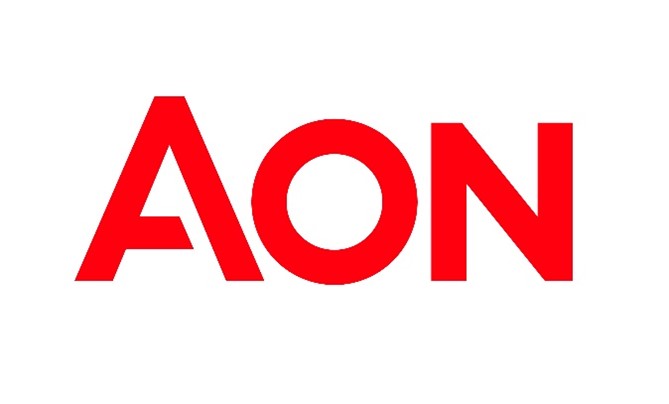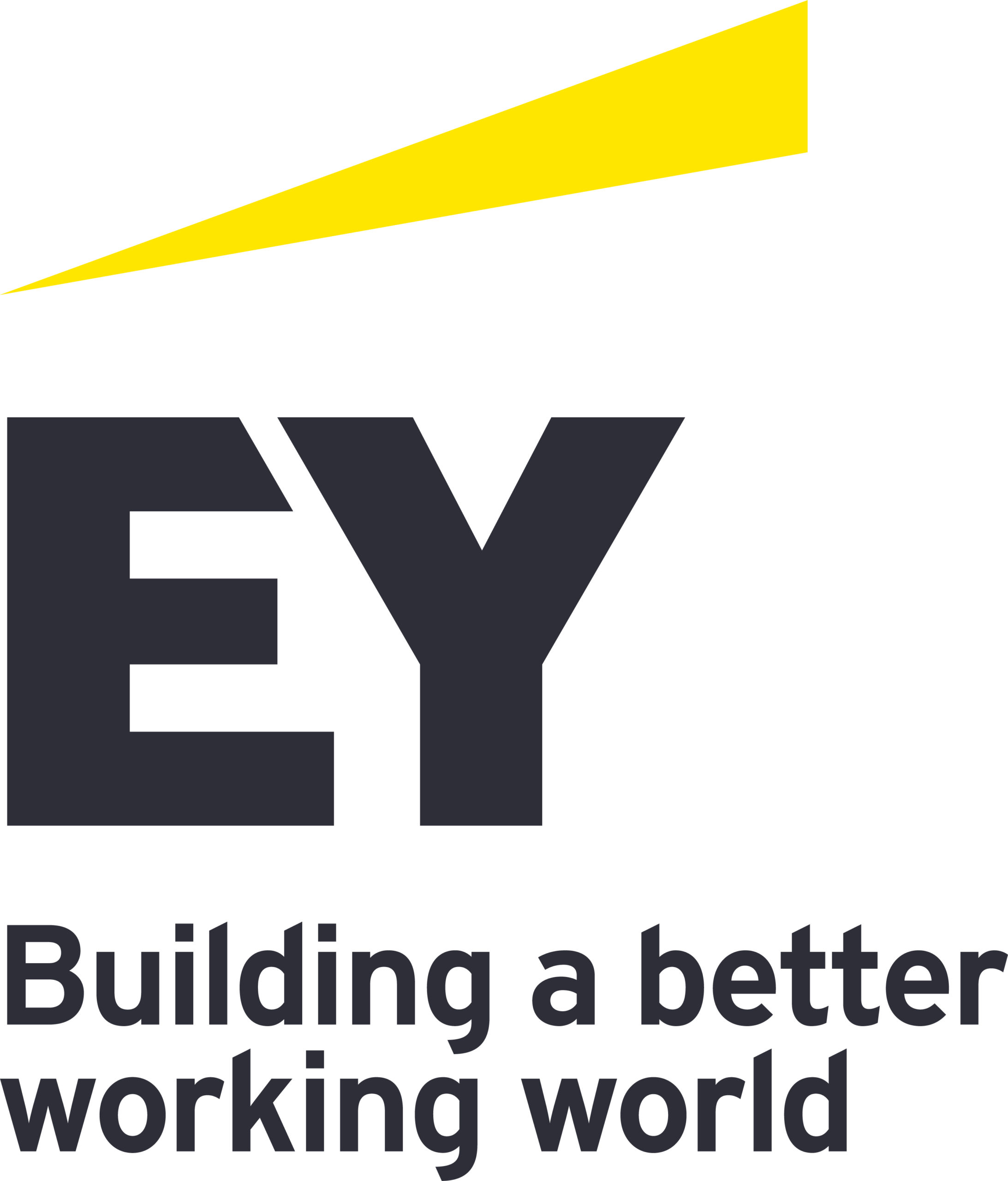This article is featured in the 2024 FCLTGlobal Blue Book, a collection of real-world examples of how our members are putting long-term strategies into practice today. We hope that these practical illustrations will inspire others to embrace the mission of focusing capital on the long term. Learn more >>
Companies work with a diverse set of capitals to create value – financial, physical, and human. The latter is increasingly talked about but rarely analysed in detail. Labour markets have sought to re-establish their bargaining power in recent years, first via the “great resignation” and again through heightened strike activity. The knowledge economy continues to grow. The emergence of generative AI has led us into the era of cognitive abundance, where competitive differentiation lies in the interaction with, and application of, knowledge; no longer just access to information.
Cyclical inflections and short-term cost pressures often emphasize identifying key talent. Long-term demographic trends imply growing skills gaps and labour shortages, as early as 2030. We believe these issues increase the significance of human capital management. The harder it becomes to find skilled workers, the more companies need to be good developers and stewards of talent; to be good employers and offer better work-life balance, better compensation, and effective development and training.
To further our understanding of the value of sustainable human capital management, we have conducted and published detailed research in collaboration with the California Public Employees’ Retirement System (CalPERS) and the University of Oxford’s Saïd Business School. This work helps to inform our engagement and portfolio management activities and is integrated into our broader work on secular trends such as deglobalization and demographic shifts.
Human capital research
An organisation’s human capital refers to its people’s capabilities; a cumulative, unique, path-dependent set of individual and collective attributes. These include skills, experiences, and relationships available to the firm to create economic value. It is a special type of intangible asset that produces economic wealth by unlocking value from otherwise inert forms of capital on firms’ balance sheets. Human capital management catalyzes this crucial transformation, turning assets into earnings by driving productivity.
Human capital is a critical source of competitive advantage and resilience. Maintaining it requires the synergistic combination of many systems – culture and inclusion, incentives and compensation, access to opportunities for professional development, and environments conducive to innovating.
Qualitative and quantitative analysis of human capital management prompts us to ask new questions about how value can be created sustainably. Indeed, human capital return on investment (HCROI) in combination with employee economic value added (EEVA) – among other metrics – helps us assess the effectiveness of such management. HCROI is positively correlated with forward excess returns over multiple time horizons and across multiple sectors, even after controlling for a variety of factors. Companies with stronger HCROI create more value. Analysis can also help us determine why companies with similar levels of labour investment see different outcomes. For now, corporate disclosure of human capital-related data remains poor. Better disclosure would significantly benefit market participants and asset owners.
Human capital in active ownership
Faced with continuing economic volatility, we expect that companies with strong human capital management are likely to be more capable of navigating the future effectively. We identify four key sub-themes for engagement on human capital: culture and oversight, investment in the workforce, engagement and representation, and health, safety, and wellbeing. We set out our approach and expectations of companies in our Engagement Blueprint.
Disclosures that enhance our ability to interpret these attributes are an increasingly important part of the investor toolkit. However, our experience to date is that human capital data disclosed by issuers is frequently incomplete and inconsistent.
We therefore launched an engagement initiative in Q3 2023 with our US holdings to explain the importance of HCM disclosures and to encourage all our holdings to move towards more universal and comparable human capital reporting metrics. This includes both core quantitative metrics, applicable across sectors and geographies, as well as the most appropriate qualitative information based on individual companies and their business models. We believe that this combined approach will give investors a more complete picture of human capital management quality at investee companies.
Our approach is aligned with that of the Human Capital Management Coalition, a cooperative effort among a diverse group of institutional investors representing over $8 trillion in assets. We also believe that the metrics we have asked for are cost-effective to collect and can be substantiated by supporting narrative that explains these firms’ human capital management strategies and challenges.
Human capital in portfolio management
As active investors, we are trying to find companies where the market is mispricing their potential. Human capital management analysis forms part of the whole mosaic our investors look at when assessing a company. It adds to the more traditional financial analysis we do around things like valuations or forecasts. Practically, this may take the form of helping to ask the right questions of companies to find out where their approach to human capital management might give them an advantage, or not. Much of what we ideally want to know is not typically disclosed by companies, or not in a format that enables comparison.
We have analysed the strength of human capital management of individual companies in collaboration with a variety of desks, from European to Japanese Equities. We have also integrated human capital measures into some of our quantitative funds. In Europe, our investors engaged companies in the technology sector to understand the sustainability of their innovation, the strengths of their human capital management strategies, and to share findings of common best practices.
Such an approach allows active managers like us to gain greater insights into companies within our investment universe. In time, we can seek to identify the leaders and laggards in human capital management and make better informed allocation and engagement decisions.
For more information on Schroders’ human capital work, explore our Insights and Podcast.


